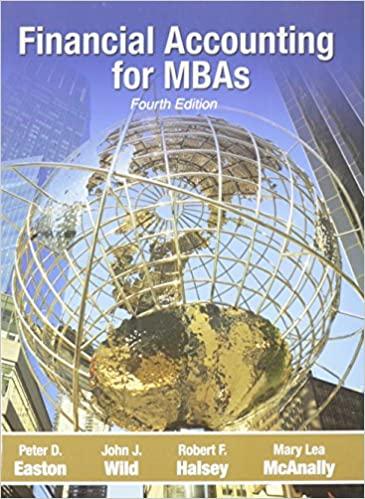Weaver Industries implements a new share-based compensation plan in 2009. Under the plan, the company's CEO and
Question:
Weaver Industries implements a new share-based compensation plan in 2009. Under the plan, the company's CEO and CFO each will receive non-qualified stock options to purchase 100,000 , no par shares. The options vest ratably ( \(1 / 3\) of the options each year) over three years, expire in 10 years, and have an exercise (strike) price of \(\$ 22\) per share. Weaver uses the Black-Scholes model to estimate a fairvalue per option of \(\$ 15\). The company's tax rate is \(40 \%\)
\section*{Required}
a. Use the financial statement effects template to record the compensation expense related to these options for each year 2009 through 2011. Include the effects of any anticipated deferred tax benefits.
b. In 2012, the company's stock price is \$19. If you were the Weaver Industries CEO, would you exercise your options? Explain.
c. In 2014, the company's stock price is \(\$ 40\) and the CEO exercises all of her options. Use the financial statement effects template to record the exercise.
d. What tax benefit will Weaver Industries receive related to the CEO's exercise in part \(c\) ? What will be the tax consequences to the CEO?
Step by Step Answer:

Financial Accounting For MBAs
ISBN: 9781934319345
4th Edition
Authors: Peter D. Easton, John J. Wild, Robert F. Halsey, Mary Lea McAnally





